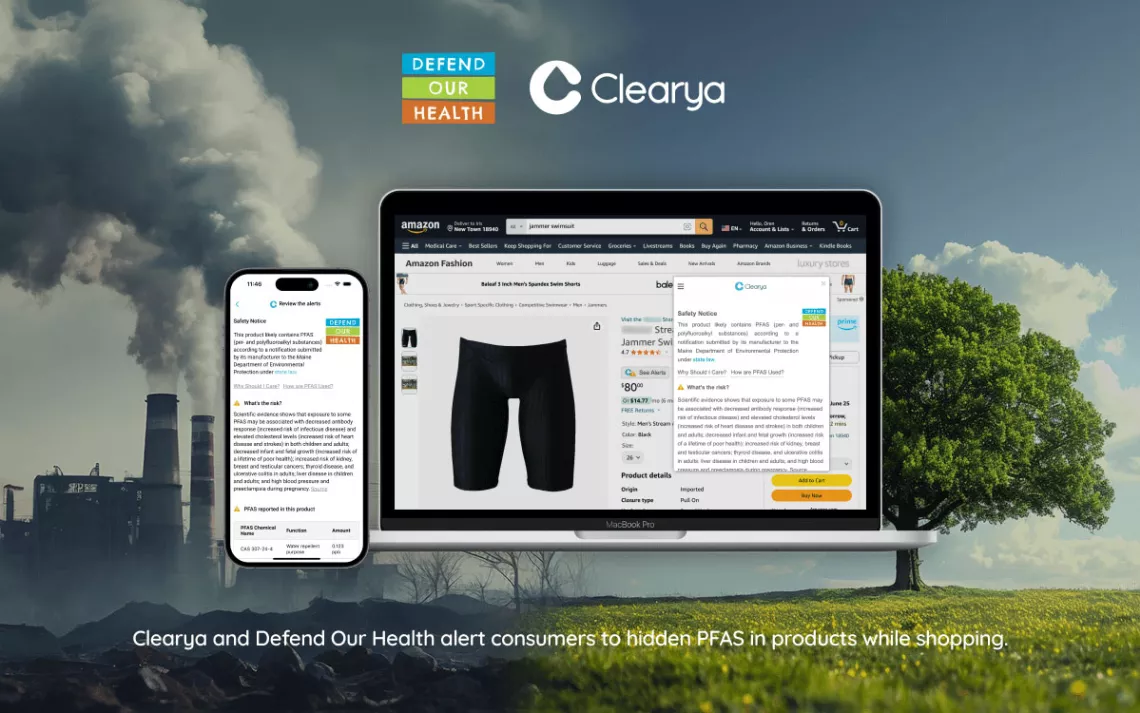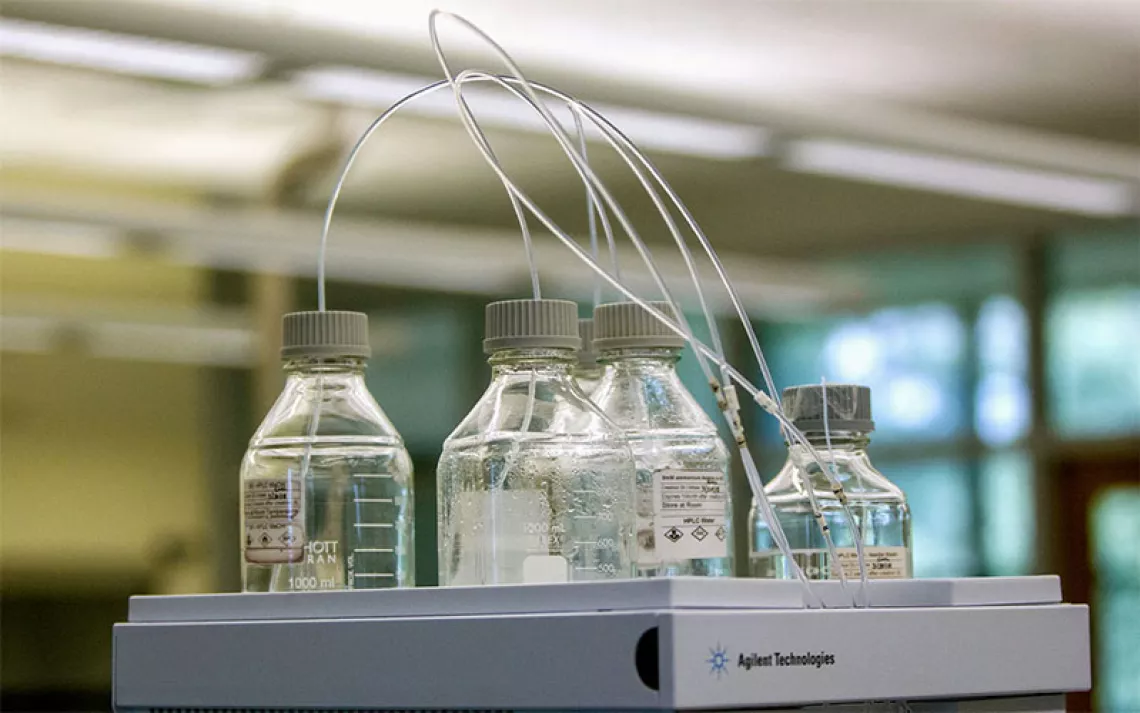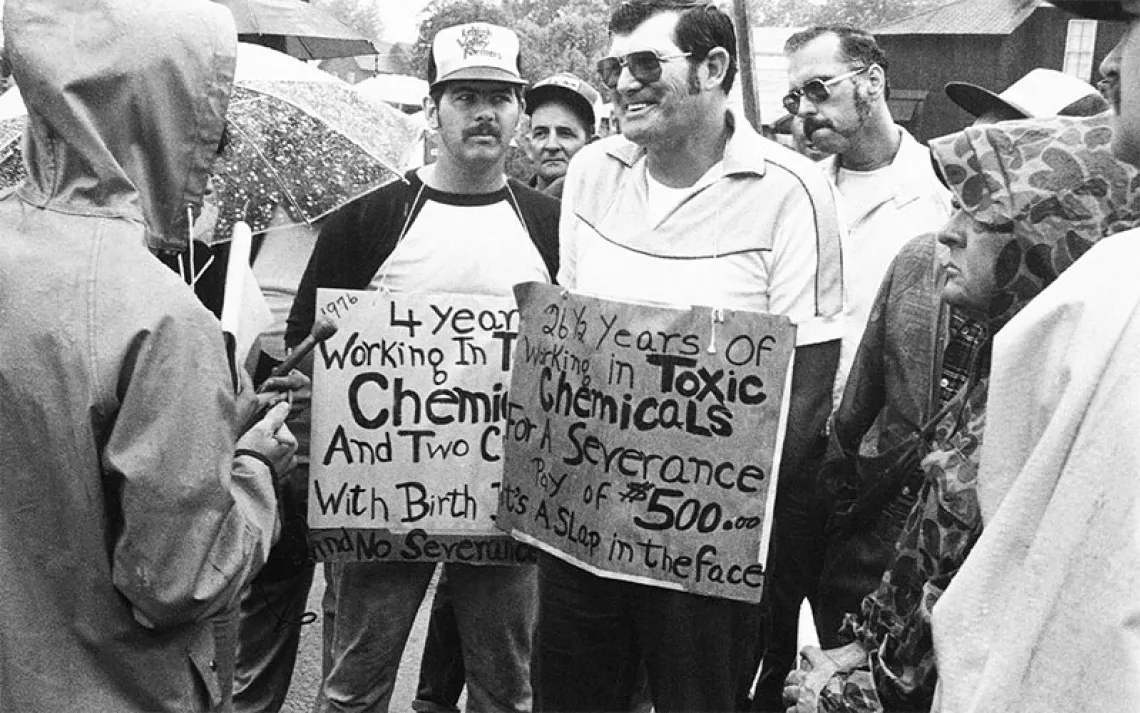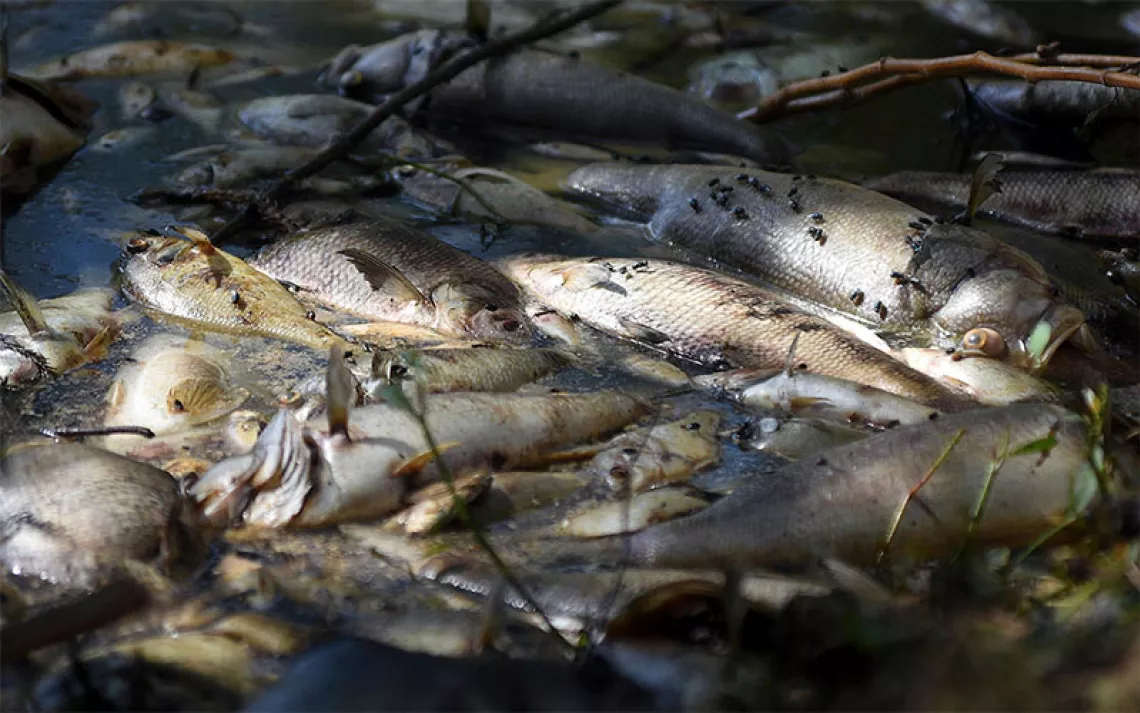A New App Helps You Avoid Toxic PFAS Chemicals in Everyday Products
The tool by Clearya also flags other toxic chemicals and suggests safer products

Photo courtesy of Clearya
Today, the nonprofit organizations Clearya and Defend Our Health released a free phone app and browser extension that help consumers flag toxic PFAS chemicals in everyday products like textiles, cookware, and personal care. These tools are handy because people have recently found PFAS in products that didn’t even claim to have PFAS properties: nonstick, liquid-, and grease-resistant. PFAS chemicals are often found in nonstick and resistant materials for child car seats, pans, to-go foodware, and shampoo. For example, Mamavation found high levels of PFAS in the adhesive and absorbent parts of Band-Aids. Others found PFAS in some “natural” toothpaste and lubricated strips of some Bic razors. And they’re still in some menstrual products.
PFAS is a category of over 14,000 “forever” chemicals, so-called because they never break down in the environment. They are also “everywhere” chemicals: 99 percent of Americans have some level of PFAS in their blood, and exposure can lead to a wide variety of health issues.
How these tools are different
It can feel nearly impossible to suss out all the different products that carry these dangerous chemicals. Typically, you’d have to dig up hundreds of articles or websites. Even then, the burden is often on the consumer to either lab test or scan product ingredients.
Clearya and Defend Our Health’s app and browser extension tools make that research much easier. They include products from 60 international and national brands (and growing) that often don’t list PFAS in ingredients. Those tools were made possible because Maine’s PFAS in Products law required companies selling products in that state to report which of them have PFAS. “The tools currently alert users about a subset of products identified through public records requests we made this spring,” Taylor Moore, senior director of marketing and communications at Defend Our Health, told me.
Clearya goes beyond PFAS and screens thousands of other harmful substances in authoritative governmental and scientific chemical hazard lists. And Clearya suggests safe alternatives when available. “Don’t settle for marketing claims such as PFOA-, PFOS-, or PTFE-free. Those are just three of over 14,000 chemicals in the PFAS class,” Amit Rosner, founder at Clearya, told me.
The tools will include more companies over time
When I asked Moore if only 60 brands sell products in Maine, she said no. “The Maine Department of Environmental Protection (DEP) didn’t promulgate the rules of the initial PFAS phase-out law in a timely fashion due to limited staffing. So many businesses weren’t sure when and how to report their PFAS use before the original January 1, 2023, deadline,” she said.
The DEP granted over 1,000 extensions on the reporting deadline, which was changed to 2025. So as time goes on, more companies and their products will show up in the Clearya and Defend Our Health tools.
How Maine’s law is different from other state laws
“California’s Proposition 65 requires notification of hazardous chemicals in products, hoping that will pressure companies to stop using those chemicals. In contrast, Maine's PFAS law requires phasing out almost all intentionally added PFAS use there,” Moore told me. Companies have to comply in phases by 2040. “The only state with a stronger bill than Maine in terms of phase-out is Minnesota. They still require reporting and have slightly fewer exemptions—but Maine’s phase-out was first,” Moore said.
Some states, like California and Colorado, have bans or other laws requiring manufacturers of certain products to disclose the presence of some PFAS. They must disclose it online or on a product label. But that disclosure can mean that the public cannot sue companies that disclosed PFAS. As for bans, California is an example. California bans PFAS at or above 100 parts per million in plant-based paper foodware, consumer textiles except carpets and rugs, and starting in 2025, skincare and cosmetics.

Make every day an Earth Day
Get articles like this one sent directly to your inbox.
With this action you affirm you want to receive Sierra Club communications and may vote on policy designated by the Sierra Club Board.
Moore is calling on the public to support more regulatory and legislative reform of what she called the “broken chemical safety system to move toward a hazard-based framework.” That framework means using the precautionary principle of proving that something is safe before using it in the first place. One way to take action is with Defend Our Health. “You can’t shop your way out of this problem, but you can reduce your exposure by seeking safer products and voting with your wallet,” Moore added.
How to use Clearya’s tools
Either use Clearya’s app to take a photo of a product with your mobile device or shop online at participating retailers. To shop from your desktop computer, download Clearya’s browser extension. Then click the Clearya logo under each product to see whether it has toxic ingredients or allergens. If you click Clearya’s “Discover” tab, you’ll see safer alternatives. I use its app to see which products are safer, and then I try to shop from local worker-owned co-ops or shops.
If you’re a current Clearya mobile app user and want new alerts for brands that reported PFAS to Maine, update to the latest version. If you installed Clearya’s browser extension before, you don’t have to do anything different.
More ways to prevent PFAS from getting into your body
If you need products that don’t show proof they’re PFAS-free, ask for a product’s total fluorine test. Fluorine is an indicator of all PFAS.
e
 The Magazine of The Sierra Club
The Magazine of The Sierra Club



